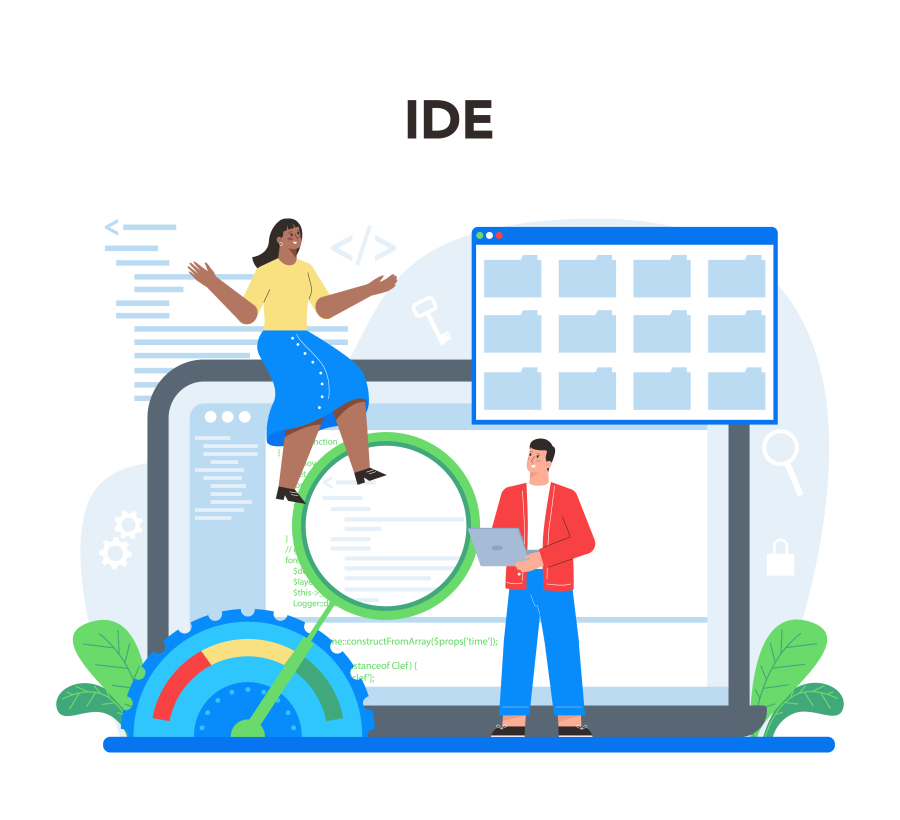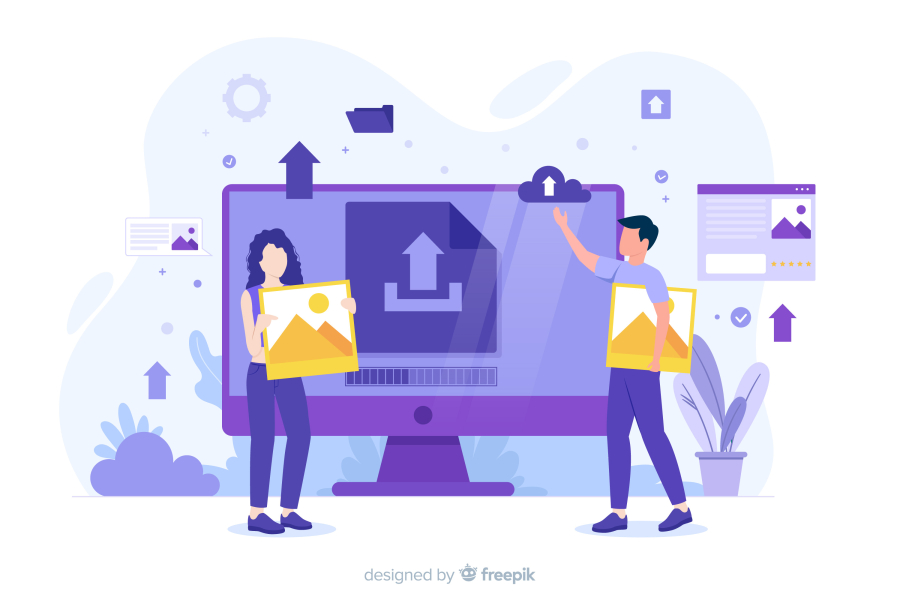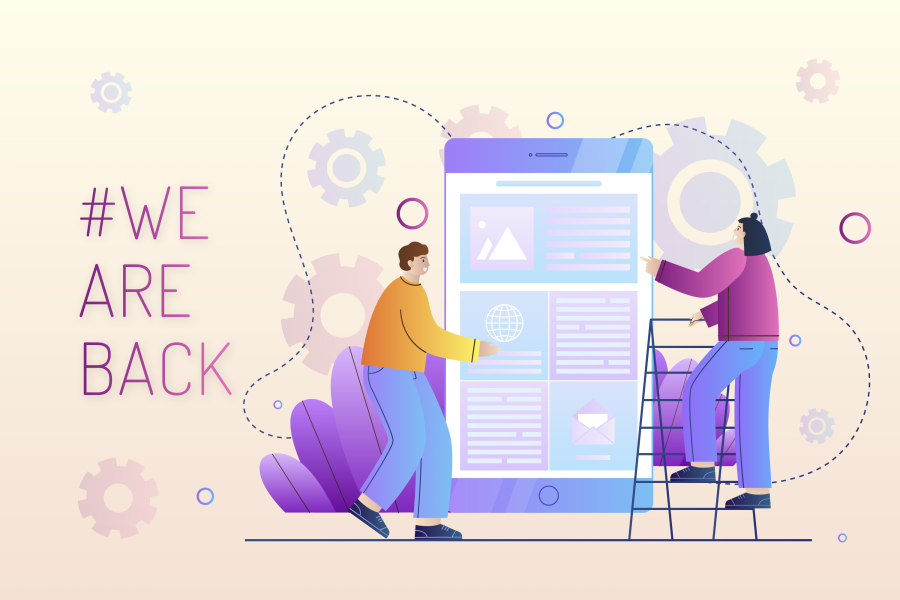How to Create an Online Store with Web Development
Creating an online store is one of the most profitable ways to enter the e-commerce world. As a web developer, building an online store allows you to combine your technical skills with your entrepreneurial spirit. The right web development tools and strategies can help you create a seamless, user-friendly, and secure online store that converts visitors into paying customers. In this article, we will guide you through the essential steps to create an online store using web development techniques, from choosing the right platform to launching your store.
Long Description:
Building an online store requires more than just technical skills. It involves understanding user experience (UX), security, payment integration, SEO strategies, and performance optimization. Web development plays a crucial role in creating a functional and profitable e-commerce platform. With the rise of platforms like Shopify, WooCommerce, and custom-built websites, creating an online store can seem like a complex task. However, with the right approach, it can be a rewarding experience.
Let’s walk through the key steps to creating a successful online store using web development:
1. Choosing the Right E-Commerce Platform
Custom Development vs. E-Commerce Platforms: When building an online store, one of the first decisions you'll make is whether to use an e-commerce platform like Shopify or WooCommerce, or to build a custom solution. While platforms offer ease of use and quick setup, custom development allows you to create a fully tailored store that meets your exact business needs.
Content Management System (CMS): If you’re going for a custom-built store, choose a CMS like WordPress (for WooCommerce), Magento, or Laravel. These systems allow you to manage your store’s content and products more efficiently and offer flexibility for future growth.
2. Selecting a Domain and Hosting Provider
Domain Name: Your domain name is your store’s online address. It should be easy to remember, brand-specific, and related to your products or services.
Hosting: Select a reliable hosting provider that offers robust uptime, high speed, and secure hosting features. If you choose platforms like Shopify, hosting is included, but for custom-built stores, you need to find a hosting solution like Bluehost, SiteGround, or DigitalOcean.
3. Building Your Store’s Structure and Design
Responsive Design: Ensure that your online store is responsive, meaning it should provide an optimal shopping experience across all devices—smartphones, tablets, and desktops. This improves user experience (UX) and helps with SEO.
Store Navigation: Proper navigation is essential for converting visitors into customers. Include categories, filters, and search bars to make it easier for users to find the products they’re looking for. A clean and simple layout will help keep users engaged and reduce bounce rates.
Product Pages: Product pages should include high-quality images, clear descriptions, and product specifications. Make it easy for customers to add products to their cart and complete purchases.
4. Implementing Secure Payment Gateways
Payment Integration: Secure payment systems like PayPal, Stripe, and Razorpay should be integrated into your store. Laravel, WooCommerce, and Shopify all offer built-in payment gateway integrations.
SSL Certificate: Security is vital in e-commerce. SSL certificates ensure that your customers’ data, such as payment information, is encrypted. This also improves your store’s SEO ranking as search engines prioritize secure websites.
5. Adding Essential Features for E-Commerce Success
Shopping Cart: Make sure your store has a shopping cart feature that allows customers to review and modify their orders before checking out. A smooth checkout process is essential for reducing cart abandonment.
Customer Reviews: Implementing customer reviews on your product pages can build trust and provide social proof to other shoppers.
Wishlist and Favorite Products: Allow customers to create wishlists or save their favorite products. This enhances user engagement and can lead to higher conversion rates.
6. Optimizing for SEO
SEO Best Practices: Optimize your product descriptions, category pages, and images for search engines. Use keyword-rich titles, meta descriptions, and alt text for images to improve organic traffic.
Structured Data: Implement structured data (schema markup) to help search engines understand the content on your product pages. This will improve the appearance of your product listings in search engine results.
7. Mobile Optimization
Mobile-Friendly Store: With more users shopping on mobile devices, ensuring your store is mobile-optimized is crucial. Test your store’s performance on smartphones and tablets to ensure it loads quickly and provides a smooth browsing experience.
Progressive Web App (PWA): Consider converting your online store into a PWA, which allows users to access your store like a native app, even without an internet connection. This is a great way to enhance mobile users' shopping experience.
8. Testing and Launching Your Online Store
Testing: Before launching, thoroughly test your website’s functionality. Check for broken links, page loading speed, and make sure the checkout process works smoothly. Ensure that your store is fully optimized across all devices and browsers.
Launch Strategy: Plan a strategic launch for your online store, including marketing activities like email campaigns, social media promotions, and influencer partnerships. This will help drive traffic to your store right from the beginning.
9. Continuous Monitoring and Optimization
Analytics and Reporting: Set up tools like Google Analytics to monitor your store’s performance. Track key metrics such as user behavior, traffic sources, and conversion rates.
Continuous Improvement: Based on analytics, continuously optimize your store by improving product pages, updating content, and running A/B tests. The more you refine your online store, the better your customer experience will be.
Conclusion:
Building an online store with web development allows you to create a personalized, scalable platform tailored to your business’s needs. By following the right strategies—from choosing the platform and designing a responsive layout to optimizing for SEO and adding essential features—you can build a store that not only looks great but also converts visitors into loyal customers. As a web developer, you have the skills to create a powerful online store that offers a seamless shopping experience, secure transactions, and high conversion rates.


 by Emily
by Emily




